#Ethnic Minority
Text
Nov 2nd 1943 (79 years ago) - 70,000 from the Karachay population of the Caucasus were deported from their native lands by Stalin.
Just a portion of the crimes committed by the government.
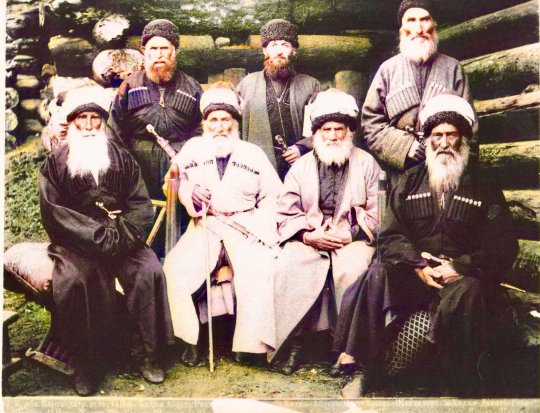
#Karachay#indigenous russia#indigenous#indigenous russian#culture#russia#important#colonization#fypシ#fypage#landback#soviet union#deportación#deportation#decolonize#Land back#muslim#ethnic minority#no to genocide#Displacement#russian war crimes
56 notes
·
View notes
Text
A Handy guide on if you are just racially white or white presenting/passing
this is not an exclusive guide, it can only be determined by an individual of their identity, however i know there is a lot of confusion on being racially white & non european or being a racially ambiguous white presenting/passing person. this is mainly a guide for white passing/presenting people who i've seen are confused on their identity and need some basic guidelines!
White presenting is used to refer to any ethnic group. White passing is used specifically to refer to the Black diaspora.
So,
First thing is first, what are you ethnically? If the answer is anything mixed with non-european (Grandparents or closer, being 100%), you can be classed as an ethnic minority.
Now, how often are you perceived? As a white person? As your non-european heritage?
Is there any "what are you *really*?" questions, any follow-up questions when you say that you are a white person?
If the answer is:
You are solely perceived as white, you are a racially white ethnic minority.
You are perceived as your non-european heritage an equal amount of times you are perceived as white, you're white passing/presenting poc.
You are perceived solely as your ethnic minority, you are poc - no white presenting/passing labels.
You are perceived an equal amount white and non-european, with follow up questions or doubt about being 100%/racially white - you're white passing/presenting poc and racially ambiguous.
You are perceived only as non-european identities, with follow up questions about what kind of brown/black/East Asian you are - you're racially ambiguous and poc.
This must also take into account your race in your home countries, the country and environment you grew up in, and the country and environment you currently live in - to form your racial identity as accurately as possible.
#white passing#white presenting#a guide#guidelines#racism#racially ambiguous#poc#woc#moc#white passing poc#white presenting poc#white#ethnic minority#environment#race
25 notes
·
View notes
Text
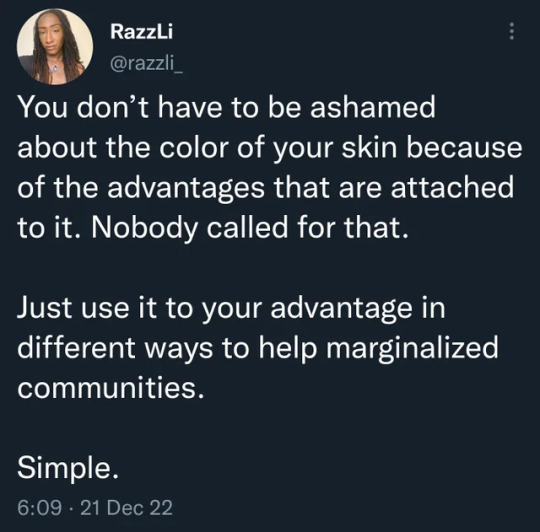
#usa politics#american politics#us politics#right wing politics#politics#expert reveals#experts reveal#says expert#ethnic minority#minority communities#minority voters#minority representation#model minority#policy
21 notes
·
View notes
Text
Traditional gypsy outfits, headscarves, head jewellery,braids,corsets and such.
Remember : Not every dark skin person is black. There are several other races brown skinned races living on this big planet. If its one thing fuckflix did ok with Greta, it is her culture they presented correctly.
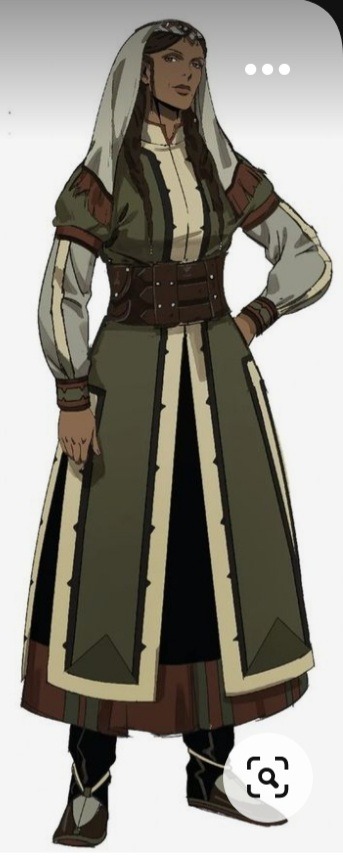

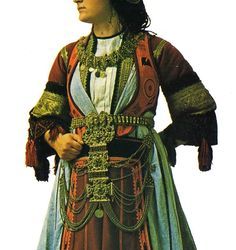
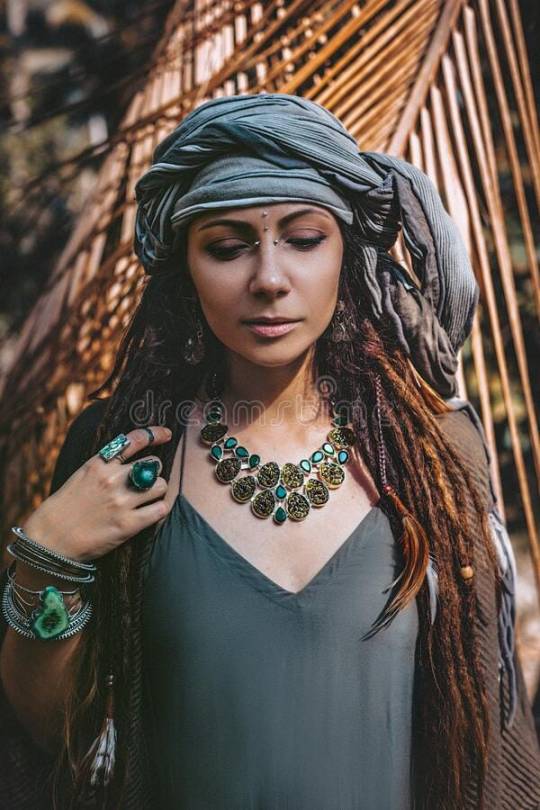

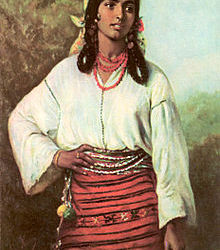
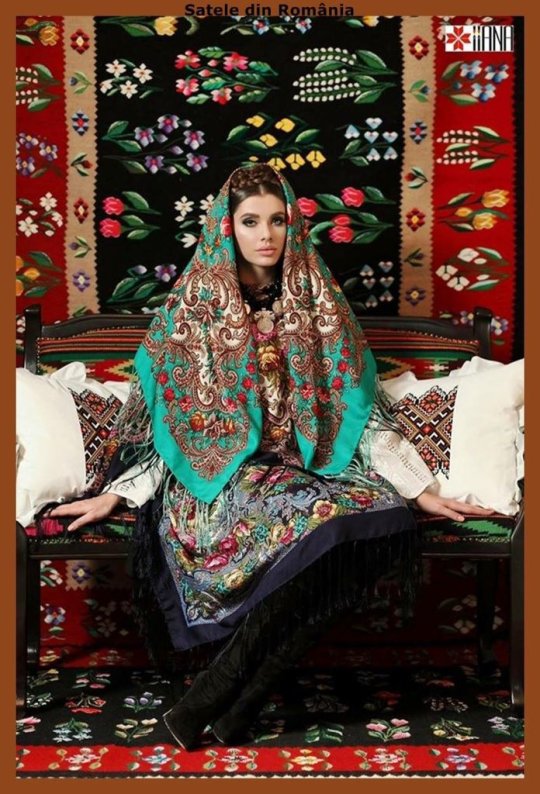



#greta of danesti#castevania greta#alucard x greta#greta x alucard#gretacard#romani people#gypsy girl#traditional dress#romanian#facts don't care about your feelings#castlevania#ethnic minority#callingallromanis#romania
25 notes
·
View notes
Text
Terveh rahvaš, miun karjalan kieli ei ole ylen hyvä vielä. Se on vaikieta konša en ymmärrä mitein luatie laušien tai šanan jotta se kuulostah hyvältä.
A, mie luajin tälläišen jotta mie kerron teille jotta mi on karjala ta mikši pakinoin vienan karjalakši.
A se on ylen helppo kieli mitä livvin karjala tai ööö mitä šitten on esim. suvikarjala, tver, lyydi ta vepsänkarjala. Joku noišta on äijän eri kieli en tiijä oliko se lyydi vai vepsä. Muiten moni niištä kuulostah erilaišelta jotta se on vaikie tuumaija jotta mitä ihmini šanuo.
Vienan karjalan kieli on ylen lähellä suomen kieltä konša se on karjalan lähin kieli tai šanoisin suomi on lähinkieli karjalalla.
Laitoin kakši kuvua alle nin niät miššä on mikä. Vienan karjala on ylen iso alue kuin eteläkarjala ta punaini kuva alahualla ei ole i mikä išo alue, toi karjalan kannaš.
Monilla šuomalaisilla on juurie karjalašta esim. suojärvi, suomusalmi, viipuri, johannes ta hyö männih kutain mihinkin ta ašettu kaikkialla šuomešša.
Karjalaišia on ylen äijän mutta niitä ei i ken lašketa hyvin. Mi wikipedie šanuo nin karjalaišia on noin 70.000 kanšua. Ei tiijetä tarkkua määryä.
Hoš olet kiinnostunuh karjalan kieleštä nin tiijän ylen hyvän kaupan jošta voi oštua šanakirjoja ta muita šellaišie. Kaupan nettišivun nimi on karjalan Sivistysseura.
Passipo ken lukie tämän poštauksen.
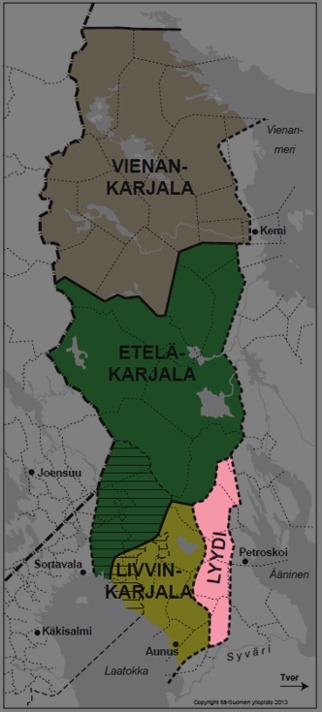

#karjala#viena#suomi#venäjä#suomen kieli#language#ethnic minority#learning languages#google#languages#finland#europe#north europe#northern europe#ethnicity
39 notes
·
View notes
Text
The unique ethnic minority experience of seeing a vintage piece of traditional clothing of your culture on sale labelled as “ethnic-inspired” by a white reseller to a white audience, and then going absolutely feral bidding for it because you feel like you have to rescue it for your own culture.
#BAME#ethnic minority#the number of qipaos and cheongsam’s I’ve seen sold by white people using them as Halloween or sexualised outfits#with an ethnic twist apparently#i will use my disposable income to bring it safely back into my culture#even if it doesn’t fit me I can give it to someone else who will treasure it and respect it
10 notes
·
View notes
Text
Artists Against Tyranny
Burma is considered a culturally diverse country. The complexicity of the diversity is interesting and it is also fascinating. Once you dive into a domain of diversity, multiple sub-element emerges.
We encompass different values, beliefs, norms and beauty.
There are 8 main ethnicities in the country; Kachin, Kayah, Karen, Chin, Mon, Burmese, Rakhine and Shan. Wait, that is not all. There are many different sub-ethnicities. Shan, for example, was historically ruled by 33 different Saopoa (a term in Shan language meaning local governors), therefore can be seen as 33 sub ethnicities; Kokang, Danu, Ta'ang, Palong, Lahu, Wa, MawShan, Pao to name a few.
You think this is alot of sub-ethnicities. What about if I say that up to 53 sub-ethnicities can be seen in Chin; Salai, Naga, KlinKaw, Kumi, Tedim, Matu to name a few.
Lets talk about Kachin. Depending on who we ask we get the answer between 6 to 12 sub-ethnicities. To name a few, they are Jainhpaw, Rawan, Rongow, LaChit to name a few.
Karen and Rakhine are also pretty diverse. To name a few; Arakan, Myo, Tat for Rakhine and S'gaw, Poe, P'Ku for Karens.
What about majority Burmese? It also have some diversities. Nine different sub-burmese ethnicities are known so far. Burmese, Yaw, Salone, DaWay, Gadu, Taung Tar, GaNan, Myate, Poan.
Mon, however, has one sub-ethnicity only which is Mon :)
Ok. This is as far as we can wrap out heads around 🥸🥵😶😭😶🤯🤯🤯. Let's move onto the fun part. Let's see some of the ethnic costumes that we can get our hands on.
Source

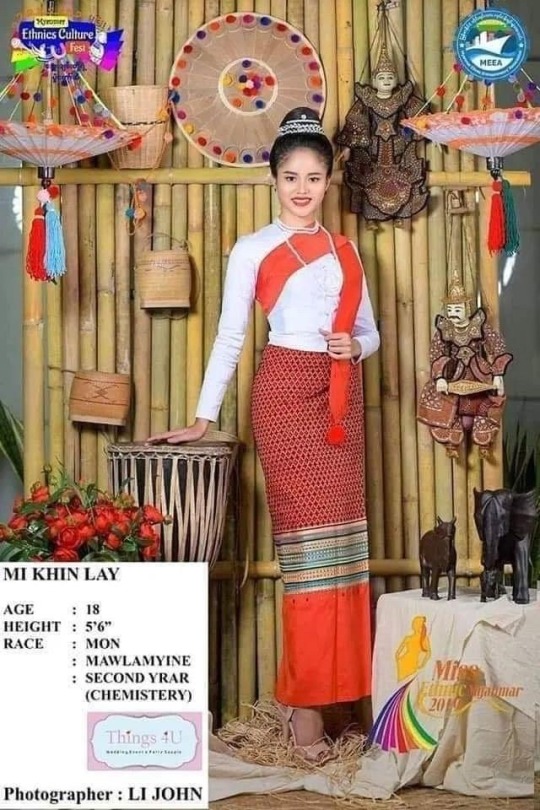

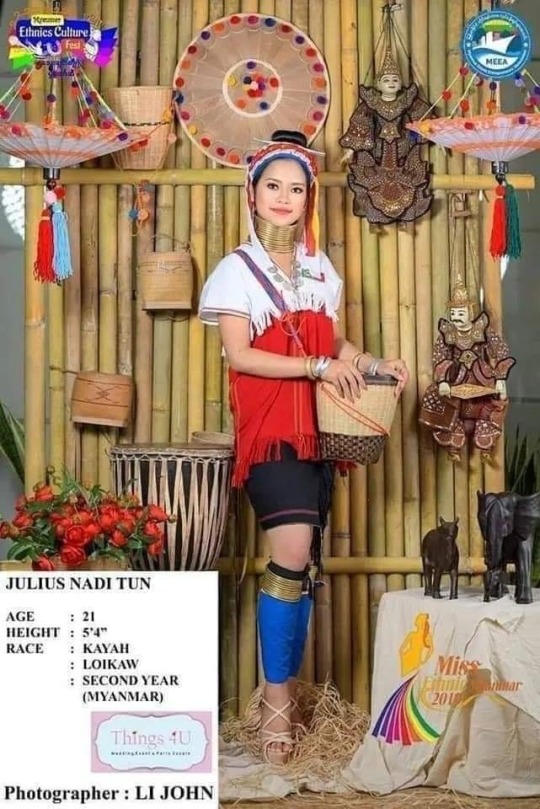
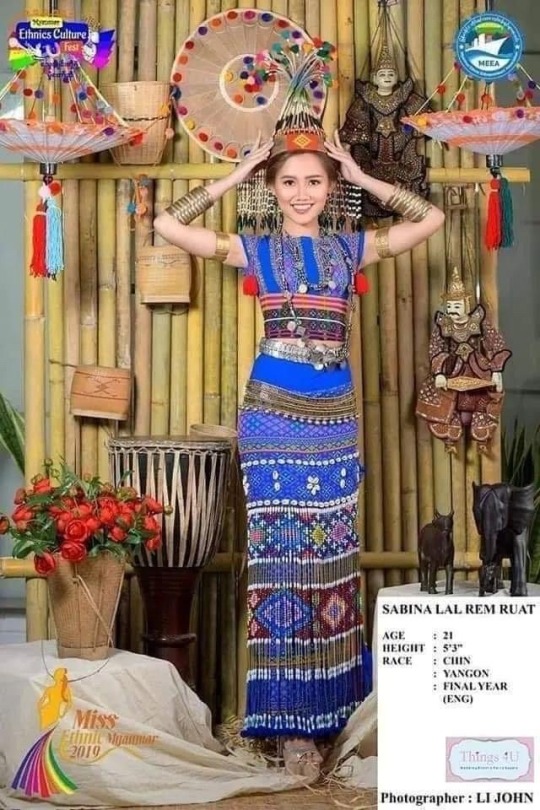
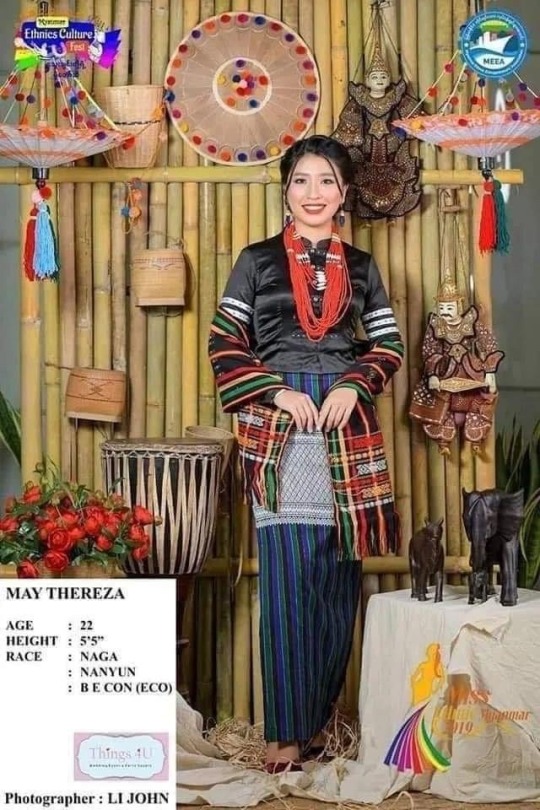
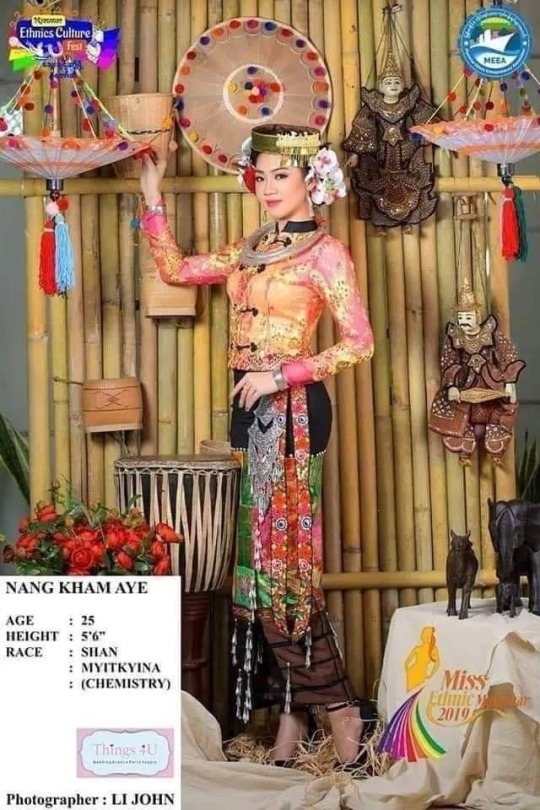

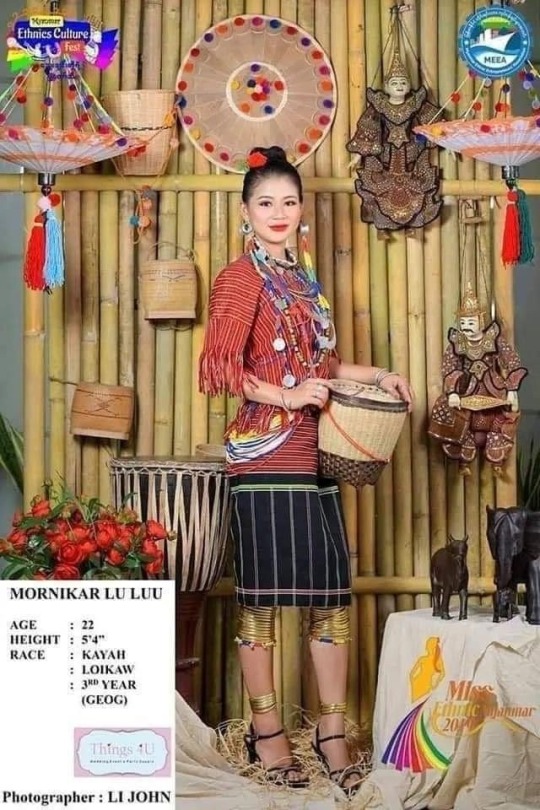
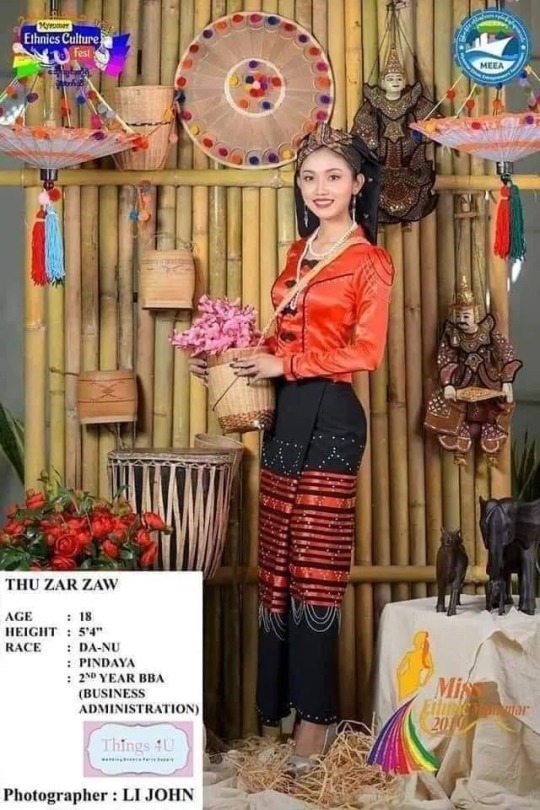
#myanmar#Burmese#burma#chin#Karen#kayah#kachin#mon#Shan#Rakhine#bamar#traditional dress#folk#culture#ethnic minority#ethnic groups
15 notes
·
View notes
Text
Exploring the Zomi Language: Heritage and Community in Myanmar
Unraveling the Zomi Language: A Glimpse into an Ethnic Group’s Vibrant Culture
The Zomi language, spoken by an ethnic minority group predominantly residing in Myanmar (formerly Burma) and neighboring areas, offers a fascinating window into the rich cultural tapestry of Southeast Asia. This article delves into the intricacies of the Zomi language, its speakers, and their way of life, providing an…
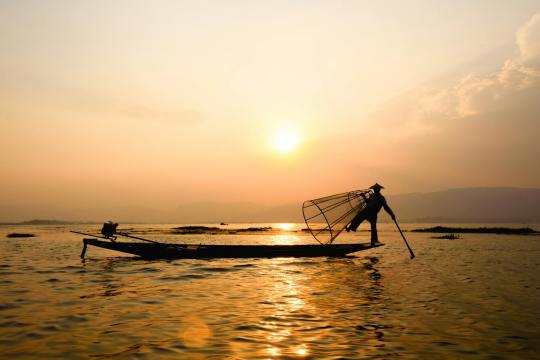
View On WordPress
#Cultural Heritage#ethnic minority#Language Services#LanguageXS#Linguistic Diversity#Over Phone Interpreting#zomi language#zomi people
0 notes
Text
CRITICISM | Concerns over PSNI/RUC strip-searching of children as only one in 27 accompanied by appropriate adult
Concern expressed over PSNI strip searching of children in the North of IrelandAmnesty International has called on the PSNI to end the…

View On WordPress
#27 children strip-searched 2021#Black Lives Matter#Child Q#child strip-searching#ethnic minority#Luke Butterly#policing board#PSNI criticism#RUC#sunday world#The Detail#under-18 strip-searched
0 notes
Text
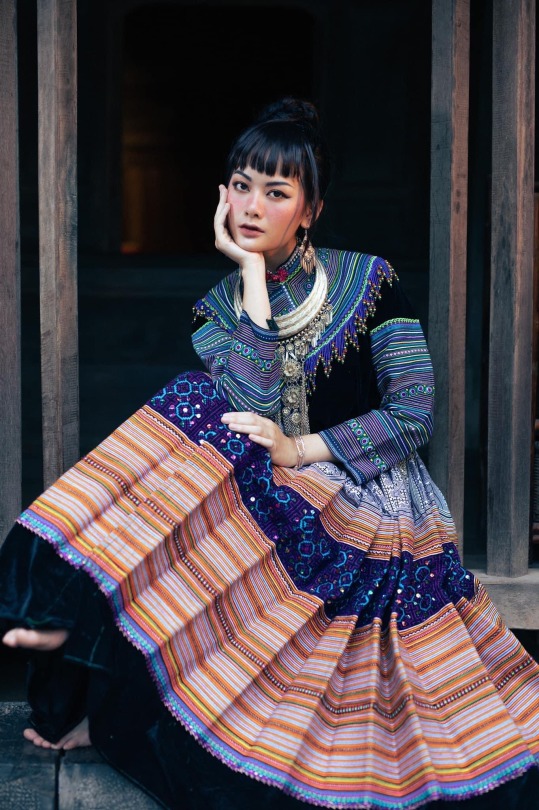
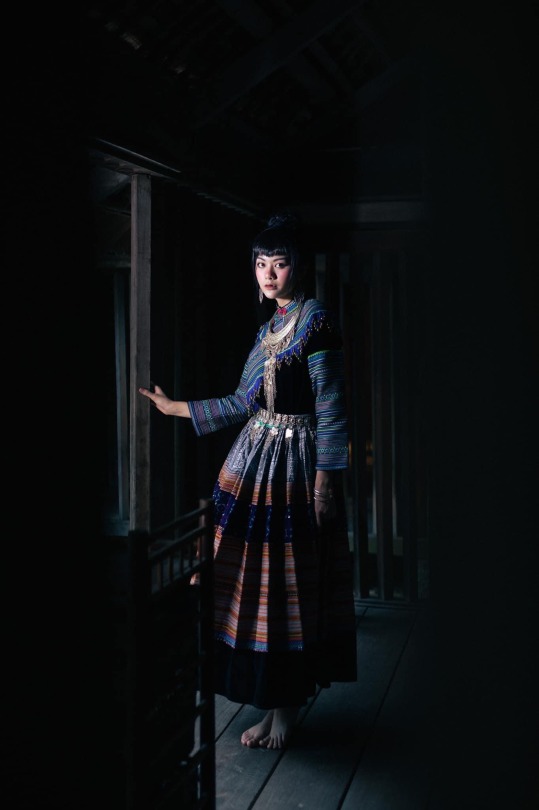

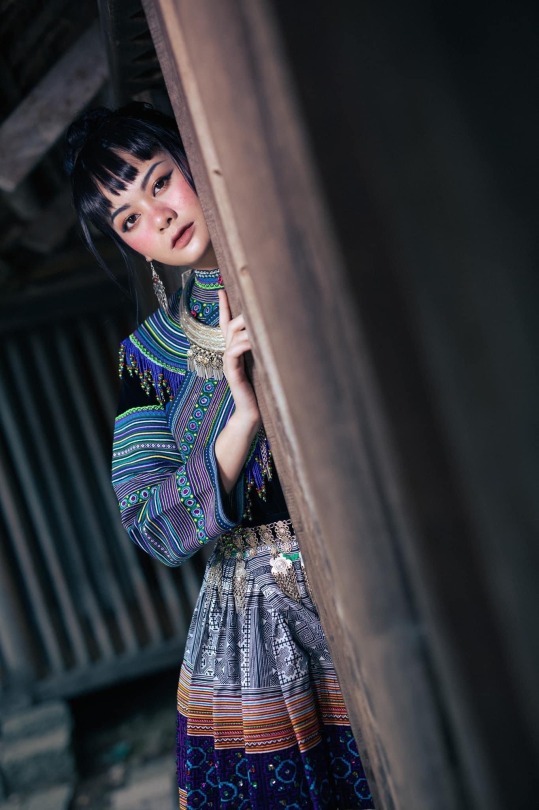

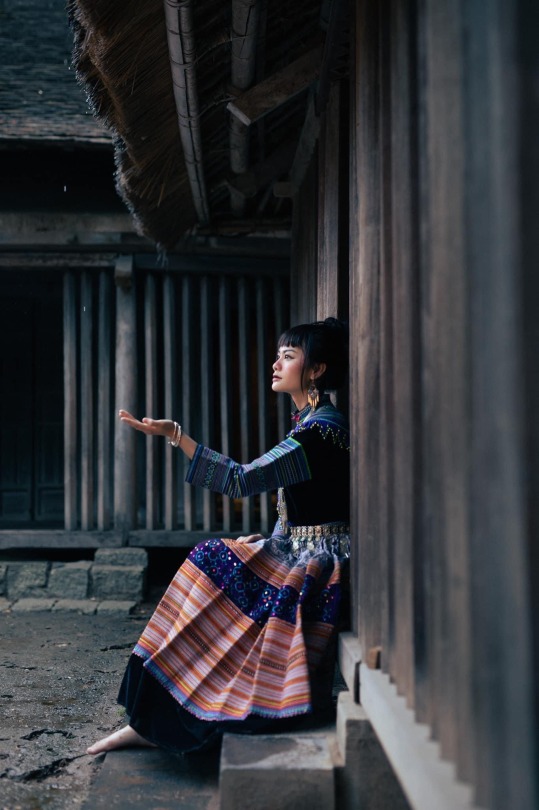

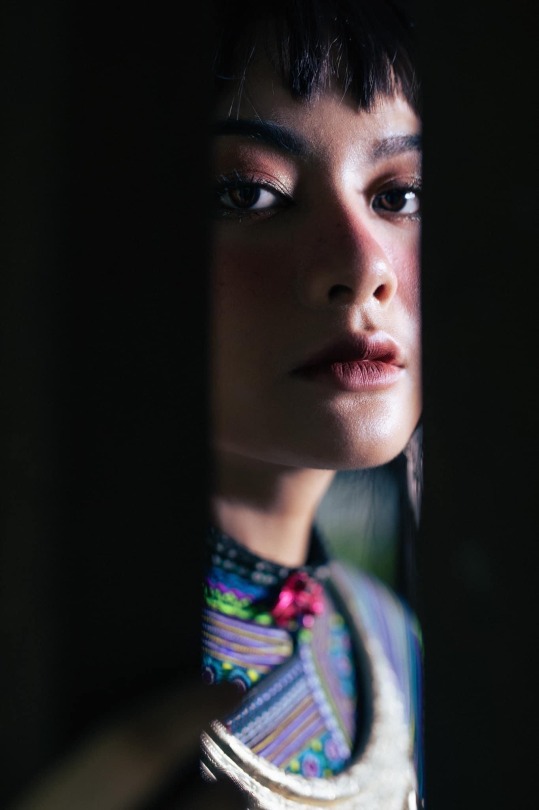
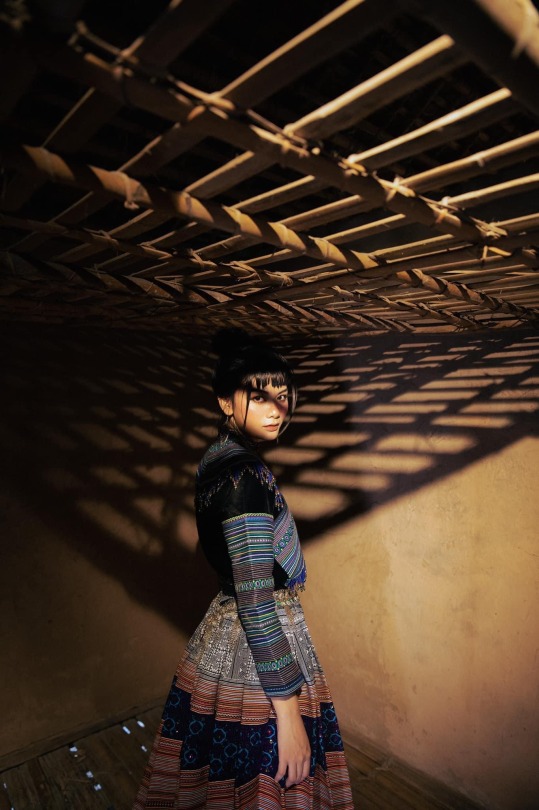

The traditional costume of Mong people. Credit to Trần Sơn.
#vietnam#vietnamese#culture#history#fashion#historical fashion#travel destinations#visit vietnam#hmong#ethnicvibes#ethnic fashion#ethnicfashion#ethnicchic#ethnic minorities#ethnic groups#ethnicclothing#ethnicwear#ethnicjewellery#ethniclook#ethnicnecklace#silverwork#silveraccessory#silver aesthetic#silver#geometric patterns#patterns#ha giang#wooden house#beautiful photos#beautiful
19K notes
·
View notes
Text
Rishi Sunak as British PM Hopeful: What Will the Indian Connection Mean?
Rishi Sunak as British PM Hopeful: What Will the Indian Connection Mean?
The Daily Torygraph recently debated that the recent leadership contest proves that the Conservative party is genuinely inclusive. The basis for the claim was that the leadership candidate list featured female candidates, veterans as well as candidates from ethnic minorities. I’d argue that the word inclusivity does not apply to the Conservative party, as thanks to them, there was a nearly 10,000…
View On WordPress
1 note
·
View note
Text
youtube
Watch the 2024 American Climate Leadership Awards for High School Students now: https://youtu.be/5C-bb9PoRLc
The recording is now available on ecoAmerica's YouTube channel for viewers to be inspired by student climate leaders! Join Aishah-Nyeta Brown & Jerome Foster II and be inspired by student climate leaders as we recognize the High School Student finalists. Watch now to find out which student received the $25,000 grand prize and top recognition!
#ACLA24#ACLA24HighSchoolStudents#youtube#youtube video#climate leaders#climate solutions#climate action#climate and environment#climate#climate change#climate and health#climate blog#climate justice#climate news#weather and climate#environmental news#environment#environmental awareness#environment and health#environmental#environmental issues#environmental education#environmental justice#environmental protection#environmental health#high school students#high school#youth#youth of america#school
16K notes
·
View notes
Text
Very important. Please read.


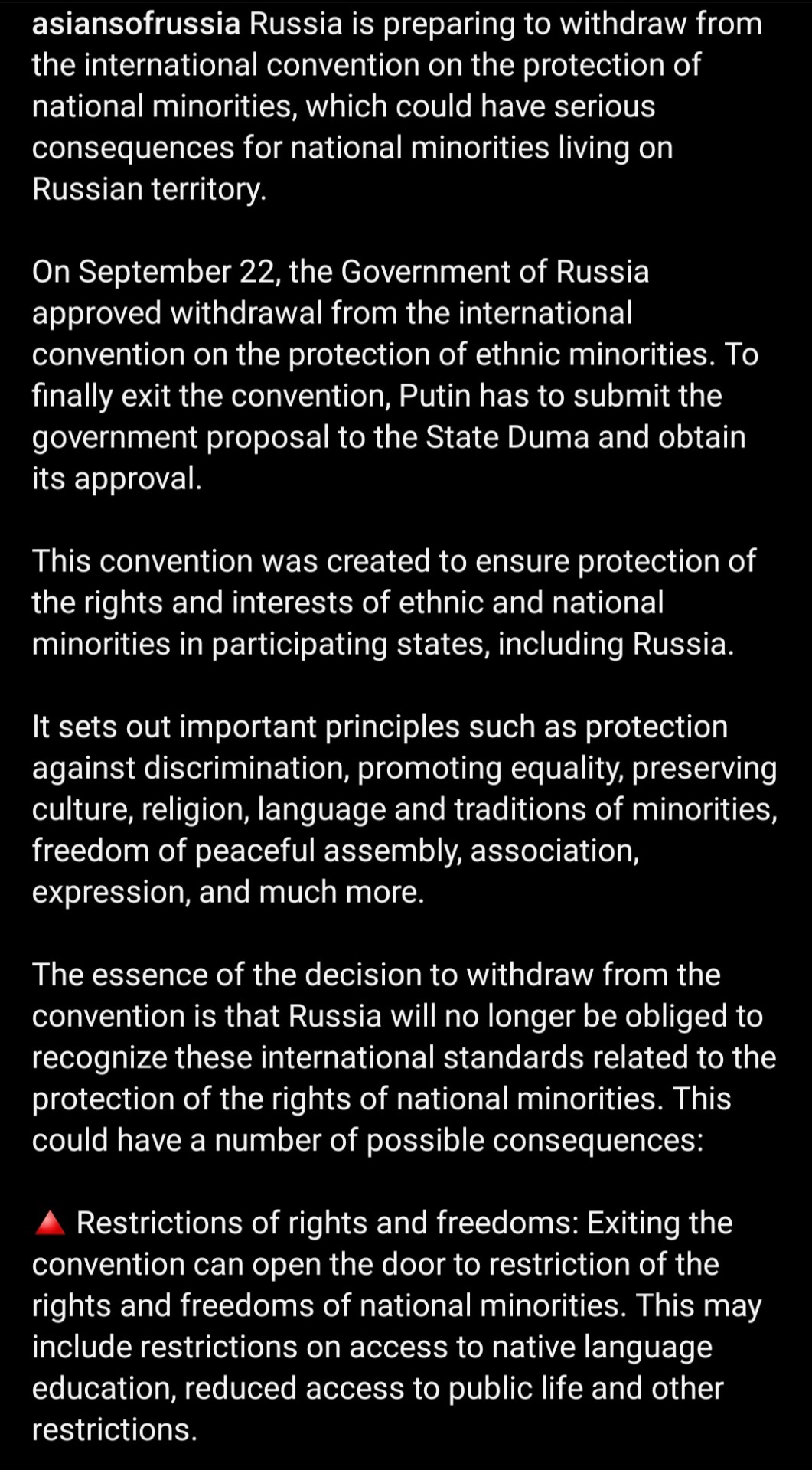
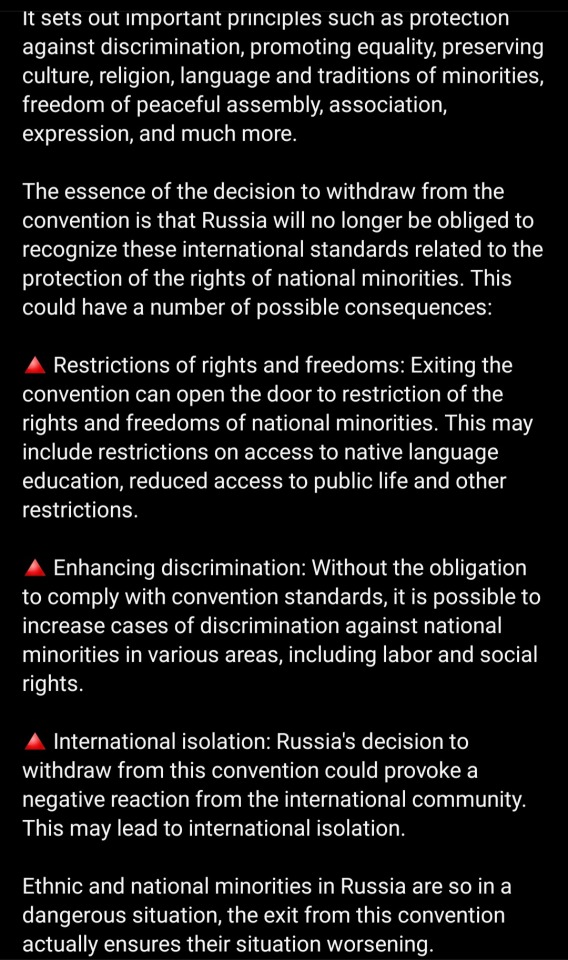


#indigenous#culture#indigenous russia#indigenous russian#important#russia#fypシ#fypage#colonization#landback#land back#indigenous rights#indigenous people#ethnic minorities#russian colonization#russian genocide#russian imperialism#siberian indigenous#indigenous siberian#siberian#siberia#fypツ#important read
519 notes
·
View notes
Text
"Ignoring or erasing how a person's racial and cultural background influences the things they create is erasing the part ethnic minorities play in history and the formation of different cultures"
and
"Saying that something isn't actually British/American/etc because it was created by an immigrant or someone in an ethnic minority group is another way of saying that immigrants and their children are not really part of the countries they immigrated to and they'll always be outsiders"
are both true statements.
#this is about how many people say that foods invented by ethnic and racial minorities in britain aren't actually british foods#which has some really nasty implications about how you view the place of immigrants and ethnoreligious people in society
2K notes
·
View notes
Text
Heiii rahvaš.
Se oon mie tuaš!!!
Kohta on roštuo, ka mie en maltu vuottau jotta voi aukaišša roštuo lahjoja tahi roštuo on miula ollah perehen kera. Teilä kaikilla on kai joku perehe ken sie oot kera.
Mie en ylen äijän pruasnuitih roštuo konša se on miula erilaini pruasniekka(juhla). Muištan jeesušta.🙏
Toivotan kaikilla hyvyä roštuota näin pimiekuušša! Kohta on talvikuu tulošša.🌫❄🌨
#christmas#karjala#karjalan kieli#december#november#minority languages#ethnic minority#ethnicity#learning languages#language#languages#finland#suomi
8 notes
·
View notes
Text
Fishskin Robes of the Ethnic Tungusic People of China and Russia
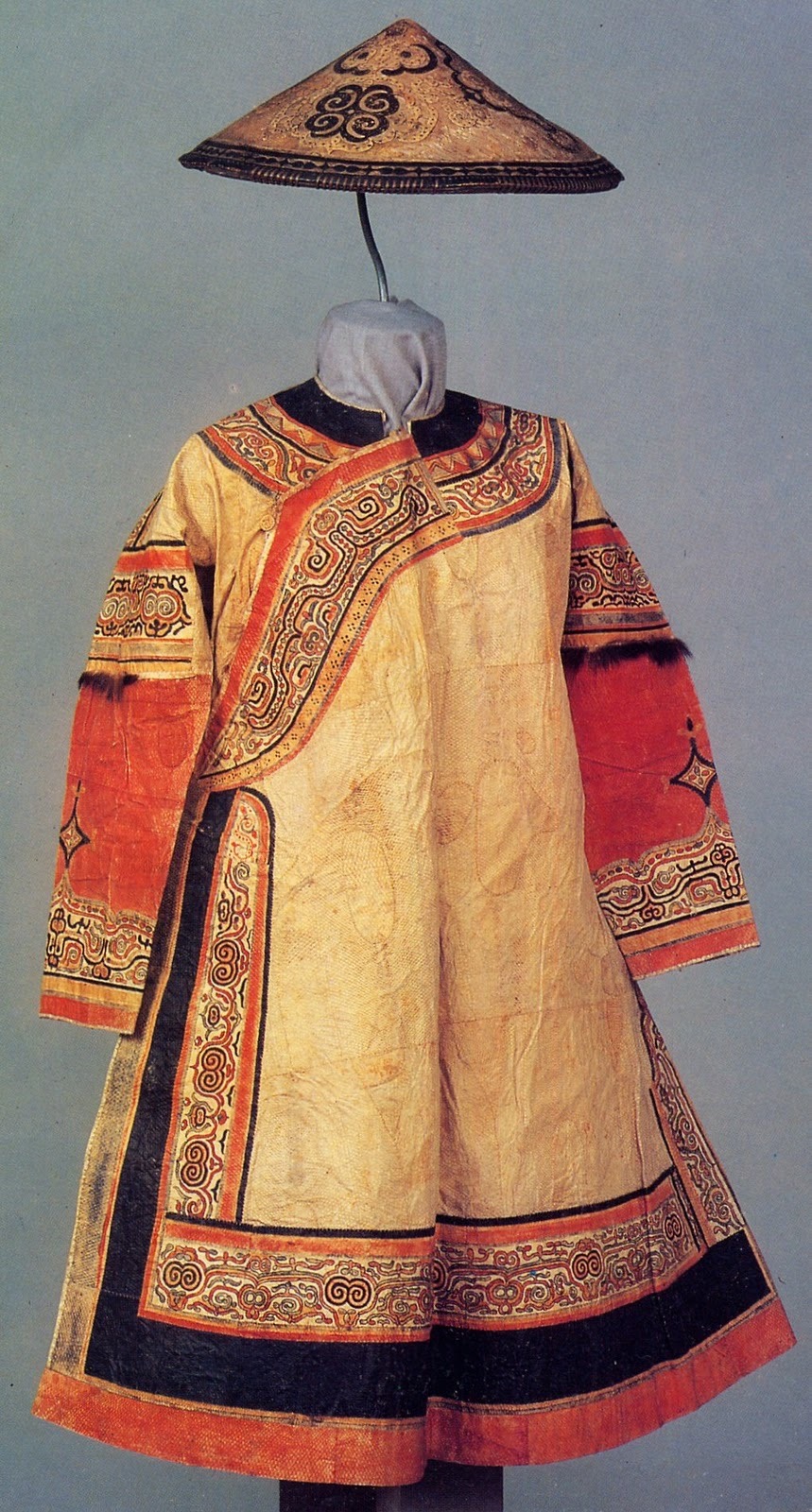
Oroch woman’s festive robe made of fish skin, leather, and decorative fur trimmings [image source].
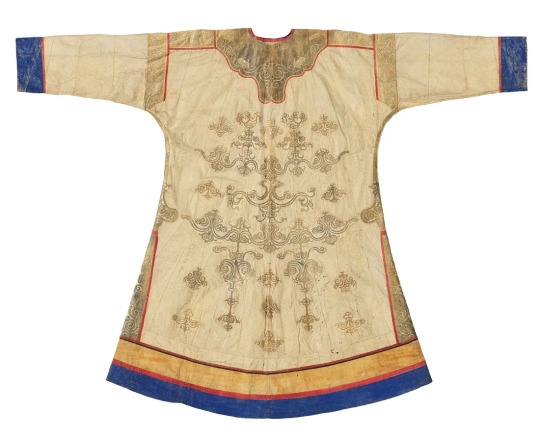
Nivkh woman’s fish-skin festival coats (hukht), late 19th century. Cloth: fish skin, sinew (reindeer), cotton thread; appliqué and embroidery. Promised gift of Thomas Murray L2019.66.2, Minneapolis Institute of Art, Minnesota, United States [image source].
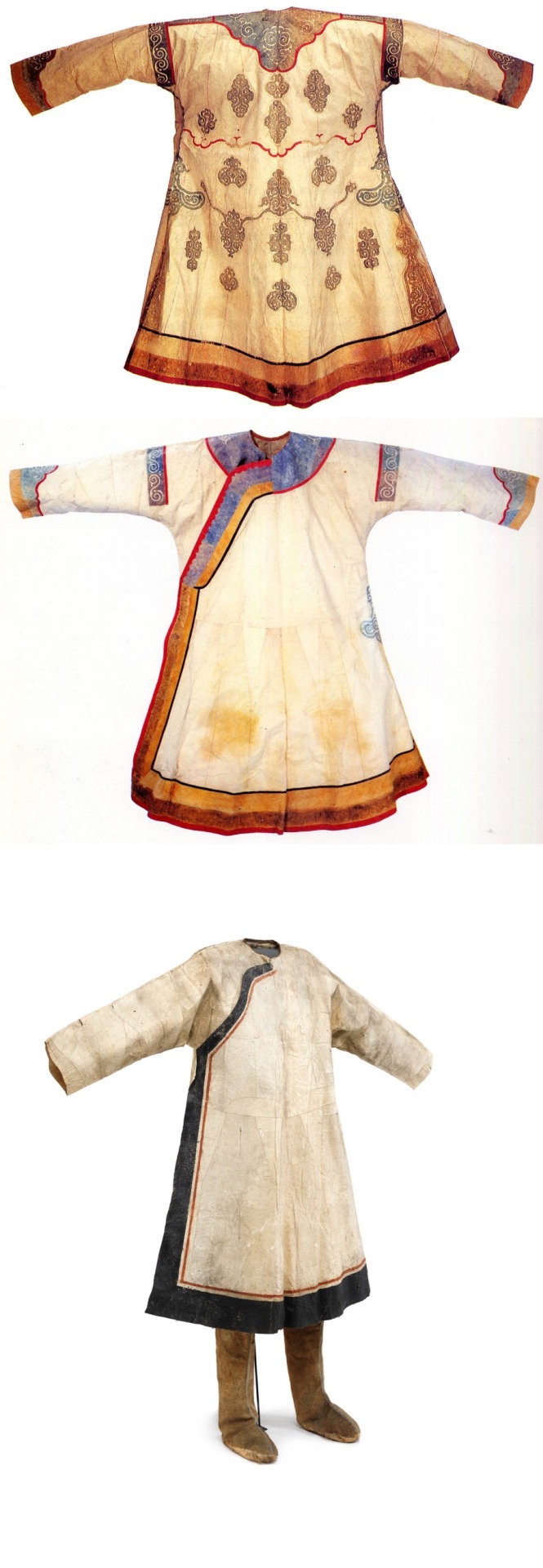
Back view of a Nivkh woman’s robe [image source].
Front view of a Nivkh woman’s robe [image source].
Women’s clothing, collected from a Nivkh community in 1871, now in the National Museum of Denmark. Photo by Roberto Fortuna, courtesy Wikimedia Commons [image source].
The Hezhe people 赫哲族 (also known as Nanai 那乃) are one of the smallest recognized minority groups in China composed of around five thousand members. Most live in the Amur Basin, more specifically, around the Heilong 黑龙, Songhua 松花, and Wusuli 乌苏里 rivers. Their wet environment and diet, composed of almost exclusively fish, led them to develop impermeable clothing made out of fish skin. Since they are part of the Tungusic family, their clothing bears resemblance to that of other Tungusic people, including the Jurchen and Manchu.
They were nearly wiped out during the Imperial Japanese invasion of China but, slowly, their numbers have begun to recover. Due to mixing with other ethnic groups who introduced the Hezhen to cloth, the tradition of fish skin clothing is endangered but there are attempts of preserving this heritage.
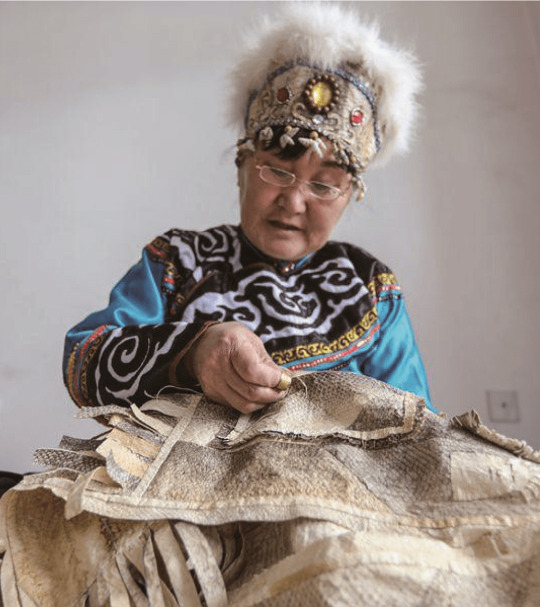
Hezhen woman stitching together fish skins [image source].


Top to bottom left: You Wenfeng, 68, an ethnic Hezhen woman, poses with her fishskin clothes at her studio in Tongjiang, Heilongjiang province, China December 31, 2019. Picture taken December 31, 2019 by Aly Song for Reuters [image source].
Hezhen Fish skin craft workshop with Mrs. You Wen Fen in Tongjian, China. © Elisa Palomino and Joseph Boon [image source].
Hezhen woman showcasing her fishskin outfit [image source].
Hezhen fish skin jacket and pants, Hielongiang, China, mid 20th century. In the latter part of the 20th century only one or two families could still produce clothing like this made of joined pieces of fish skin, which makes even the later pieces extremely rare [image source].
Detail view of the stitching and material of a Hezhen fishskin jacket in the shape of a 大襟衣 dajinyi or dajin, contemporary. Ethnic Costume Museum of Beijing, China [image source].
Hezhen fishskin boots, contemporary. Ethnic Costume Museum of Beijing, China [image source].
Although Hezhen clothing is characterized by its practicality and ease of movement, it does not mean it’s devoid of complexity. Below are two examples of ornate female Hezhen fishskin robes. Although they may look like leather or cloth at first sight, they’re fully made of different fish skins stitched together. It shows an impressive technical command of the medium.
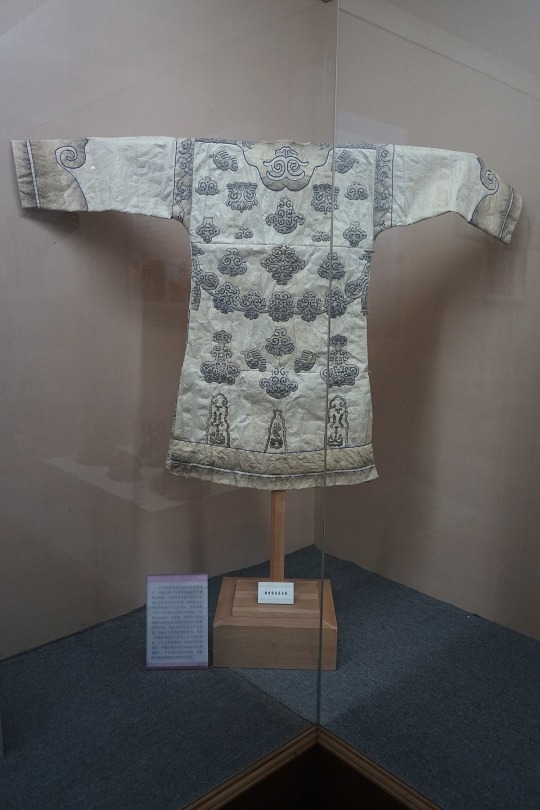
赫哲族鱼皮长袍 [Hezhen fishskin robe]. Taken July 13, 2017. © Huanokinhejo / Wikimedia Commons, CC BY 4.0 [image source].
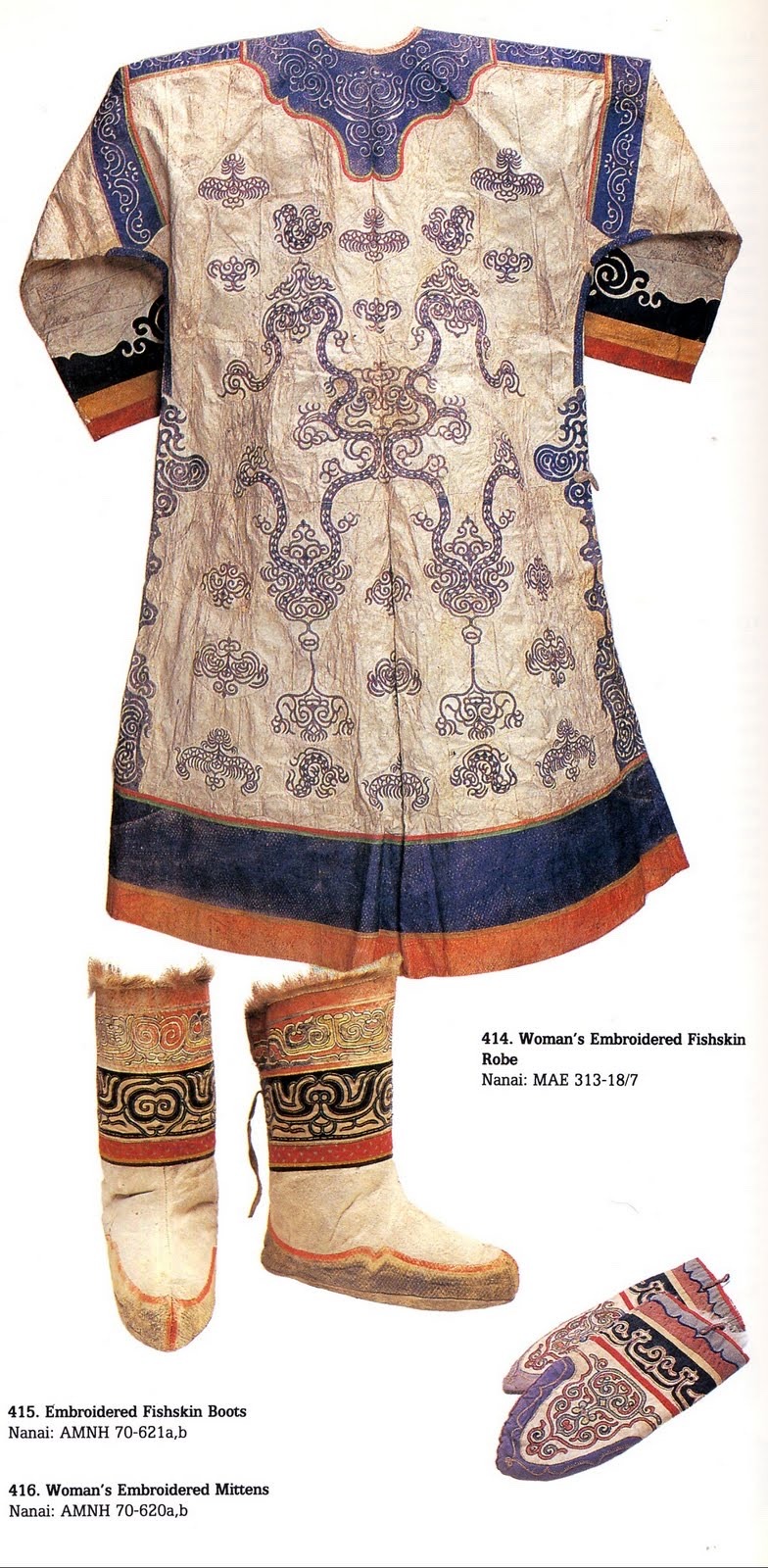
Image containing a set of Hezhen clothes including a woman’s fishskin robe [image source].
The Nivkh people of China and Russia also make clothing out of fish skin. Like the Hezhen, they also live in the Amur Basin but they are more concentrated on and nearby to Sakhalin Island in East Siberia.


Top to bottom left: Woman’s fish-skin festival coat (hukht) with detail views. Unknown Nivkh makers, late 19th century. Cloth: fish skin, sinew (reindeer), cotton thread; appliqué and embroidery. The John R. Van Derlip Fund and the Mary Griggs Burke Endowment Fund; purchase from the Thomas Murray Collection 2019.20.31 [image source].
Top to bottom right: detail view of the lower hem of the robe to the left after cleaning [image source].
Nivkh or Nanai fish skin boots from the collection of Musée du quai Branly -Jacques Chirac. © Marie-Lan Nguyen / Wikimedia Commons, CC BY 4.0 [image source].
Detail view of the patterns at the back of a Hezhen robe [image source].
Read more:
#china#russia#tungusic#hezhe#nanai#fishskin#ethnic minorities#nivkh#chinese culture#history#russian culture#amur basin#heilongjiang#east siberia#ethnic clothing
977 notes
·
View notes
Text
youtube
Watch the American Climate Leadership Awards 2024 now: https://youtu.be/bWiW4Rp8vF0?feature=shared
The American Climate Leadership Awards 2024 broadcast recording is now available on ecoAmerica's YouTube channel for viewers to be inspired by active climate leaders. Watch to find out which finalist received the $50,000 grand prize! Hosted by Vanessa Hauc and featuring Bill McKibben and Katharine Hayhoe!
#ACLA24#ACLA24Leaders#youtube#youtube video#climate leaders#climate solutions#climate action#climate and environment#climate#climate change#climate and health#climate blog#climate justice#climate news#weather and climate#environmental news#environment#environmental awareness#environment and health#environmental#environmental issues#environmental justice#environment protection#environmental health#Youtube
16K notes
·
View notes